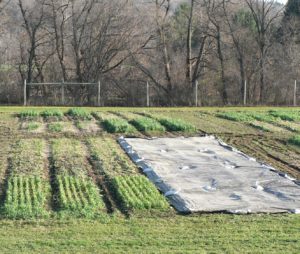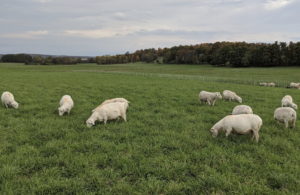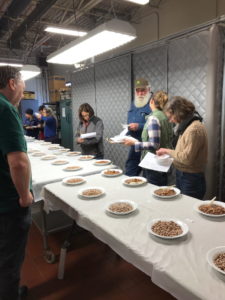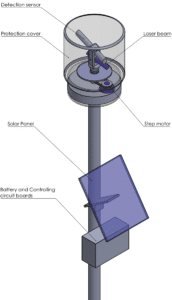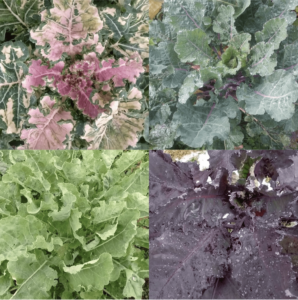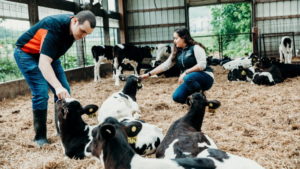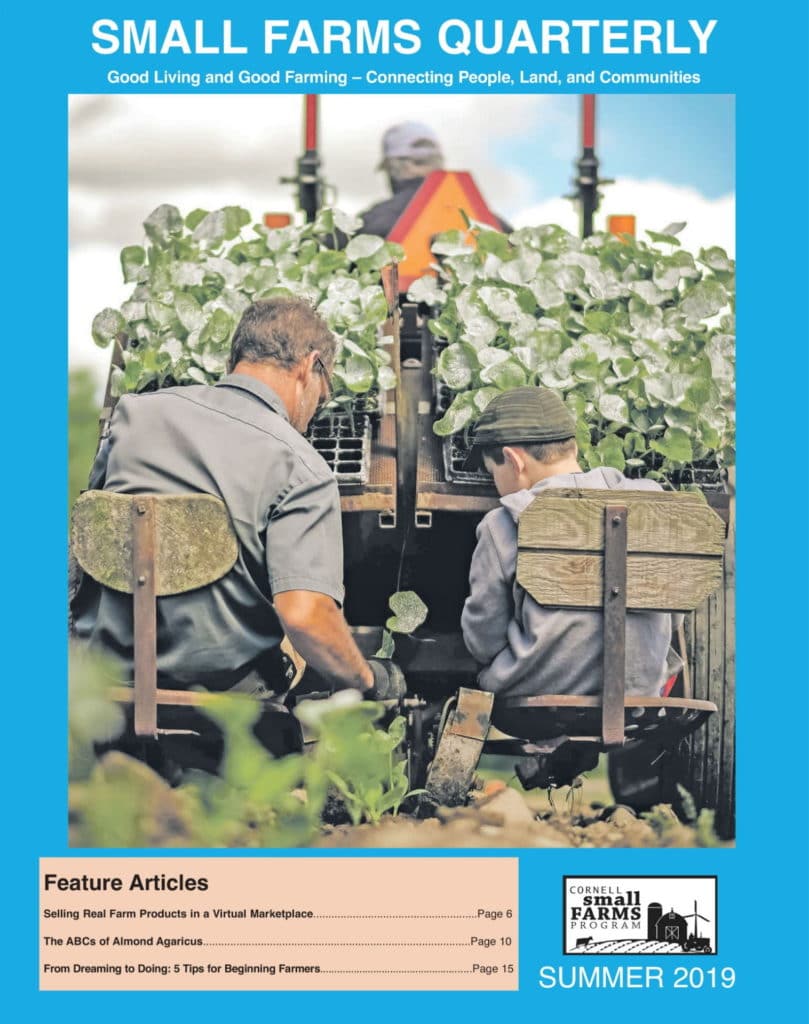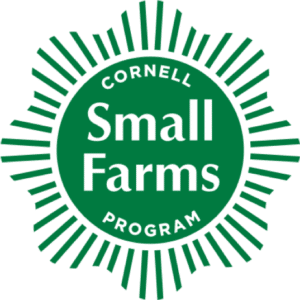Uncategorized
Receive news and resources as they are released by joining our newsletter.
“This is a really important program for helping our food system stay sustainable because so many educators and farmers are just so burned out and it’s because of more than all the work we got to do. A lot of times it’s because we have forgotten to keep the things that give us life in…
Read MoreIn Spring 2020, with the COVID pandemic in full swing, the Cornell Small Farms Program (CSFP) was hearing reports of livestock producers from around NYS who were either unable to get butcher appointments or whose appointments were being cancelled by the butcher. Livestock processing was a challenge for producers long before the pandemic. In 2006…
Read MoreZoë is a senior in CALS studying Environmental Science with a concentration in Agroecology and a minor in Community Food Systems. She grew up in Center City Philadelphia, but she has always loved the outdoors and has spent lots of time hiking in the Adirondacks and tending plants in her aunt’s many gardens. Zoë became…
Read MoreTarping has become a popular practice for small-scale organic farms to manage weeds. Typically, beds are tilled and prepared for planting and then covered using a durable, black plastic tarp. Tillage combined with warming soils under tarps can promote the germination of weed seeds which then die when starved for light. Tarps are then removed…
Read MoreHow to effectively use breeding harnesses and spray paint for sheep. A customer of mine asked me: “Do you use a breeding harness for your ram?” She did and had problems keeping it on the ram. Her question prompted me to write this article, explaining how I make certain that I know which ram breeds…
Read MoreCornell Vegetable Program Partner Counties Lead Production, Research and Marketing for NYS Dry Beans
Dry bean growers, packer/shippers, seed suppliers, and Cornell faculty and Extension Educators came together to discuss the state of the industry and to receive reports of industry-funded research. The March 15, NYS Dry Bean Meeting and Variety Evaluation, held in Geneva, NY brought together 44 dry bean growers, packer/shippers, seed suppliers, and Cornell faculty and…
Read MoreWildlife damage during crop production causes yield and quality losses that lead to diminished profits. Many farmers experience wildlife damage during crop production each year. This damage causes yield and quality losses that lead to diminished profits. Wildlife damage to U.S. agriculture was reported to be at $944 million during 2001 (USDA, NASS-2002). In New…
Read MoreSeason extension infrastructure is needed for farmers to maintain year-round supply of local produce. The rise in demand for year-round supply of local produce has led many vegetable growers in Eastern New York to invest in season extension infrastructure. While Amy Ivy and Teresa Rusinek have collaborated with Jud Reid from the Cornell Vegetable Program…
Read MoreLearn how to get started with your own on-farm plant breeding project. Often as growers we rely on our favorite seed companies to provide us with the varieties we grow. This strategy usually works well, and there are a lot of great varieties out there both new and old. However, by their nature most modern…
Read MoreA warming world represents a growing threat to the dairy industry. A warming world represents a growing threat to the dairy industry. With climate change pushing global temperatures higher, finding scientific solutions that protect the well-being and productivity of dairy cows is critical. A Cornell researcher has won a grant to do just that. “Climate…
Read MoreSubscribe to the Small Farms Quarterly
Browse the online archive and subscribe to get each new issue when it's released.


